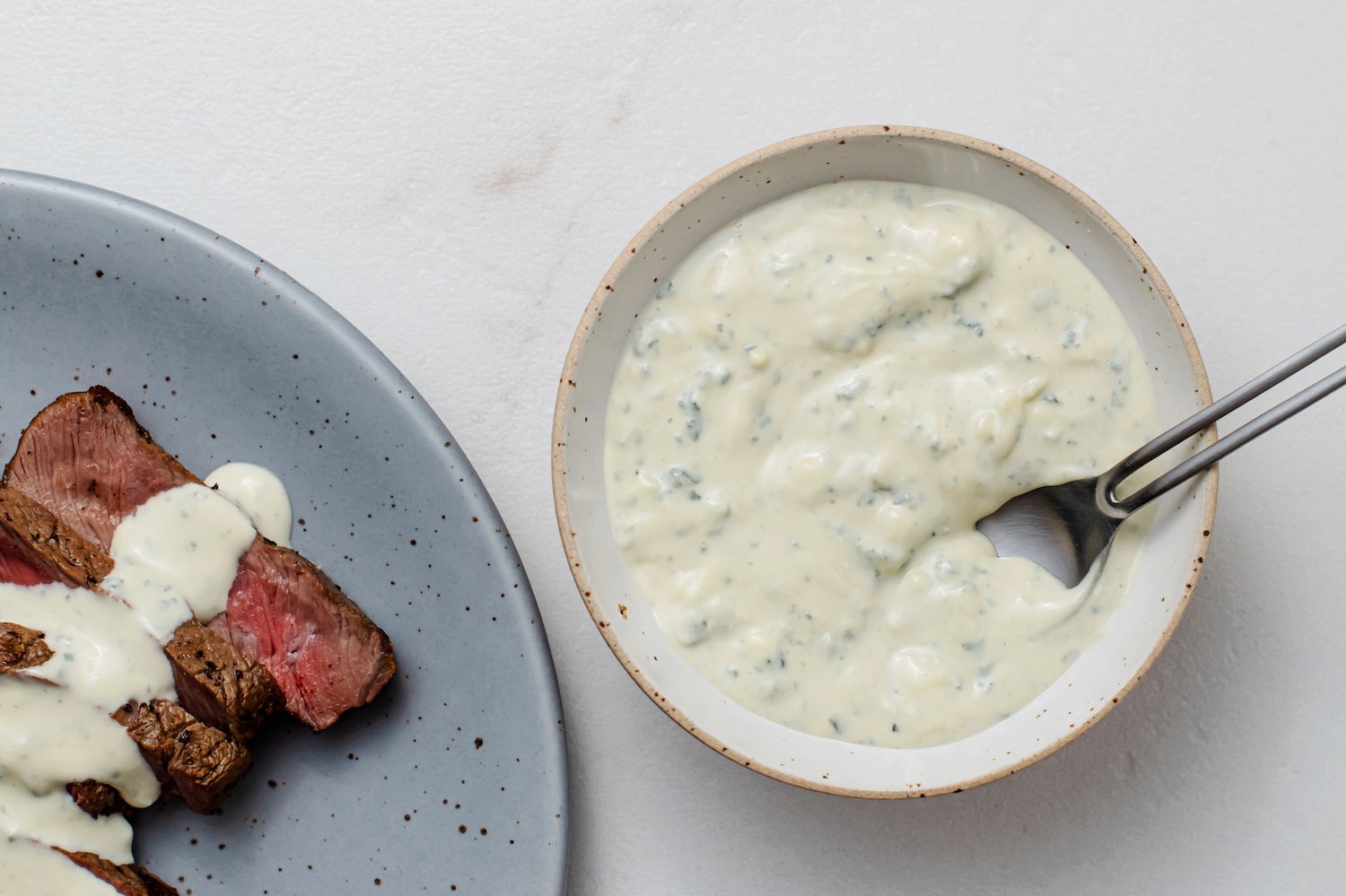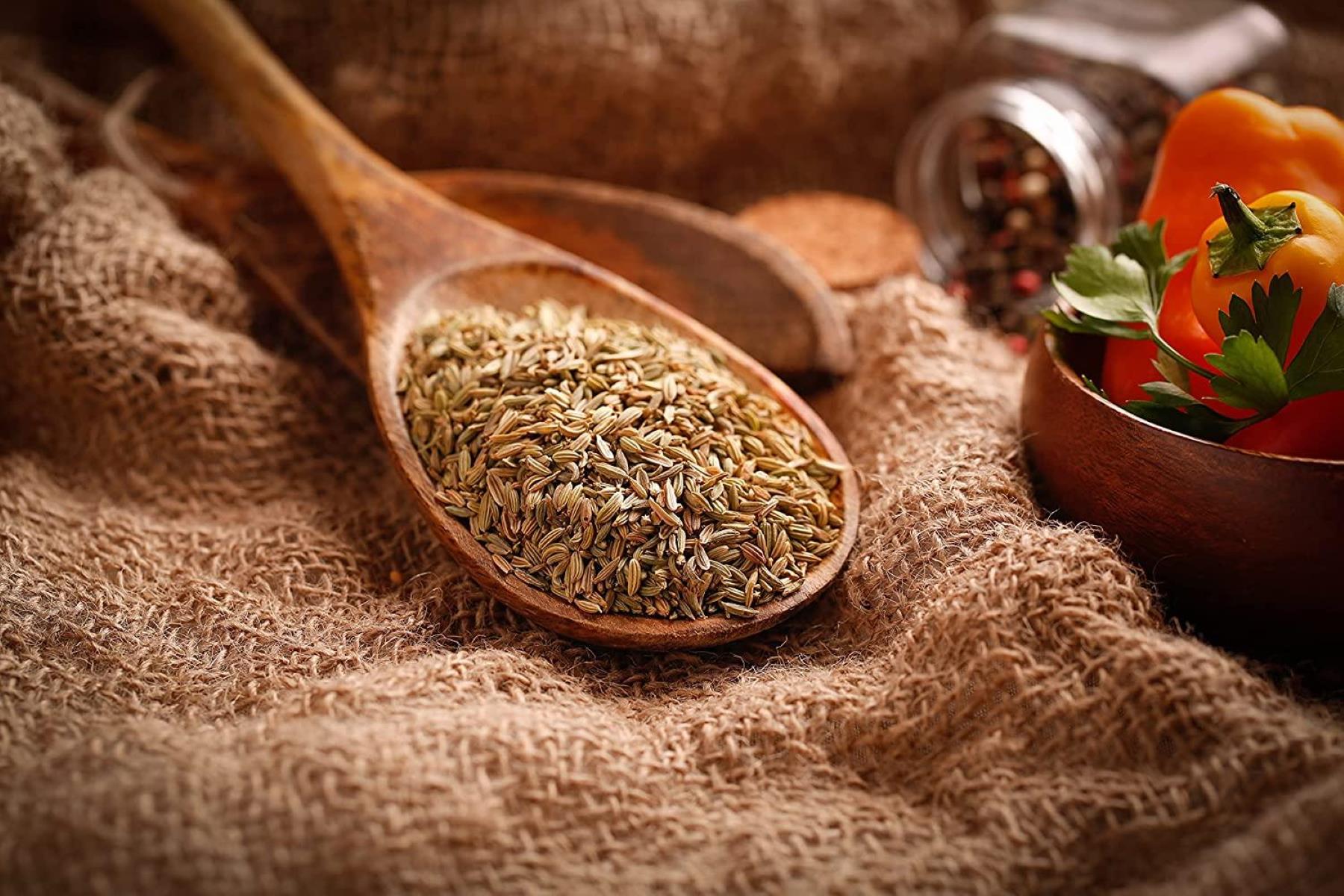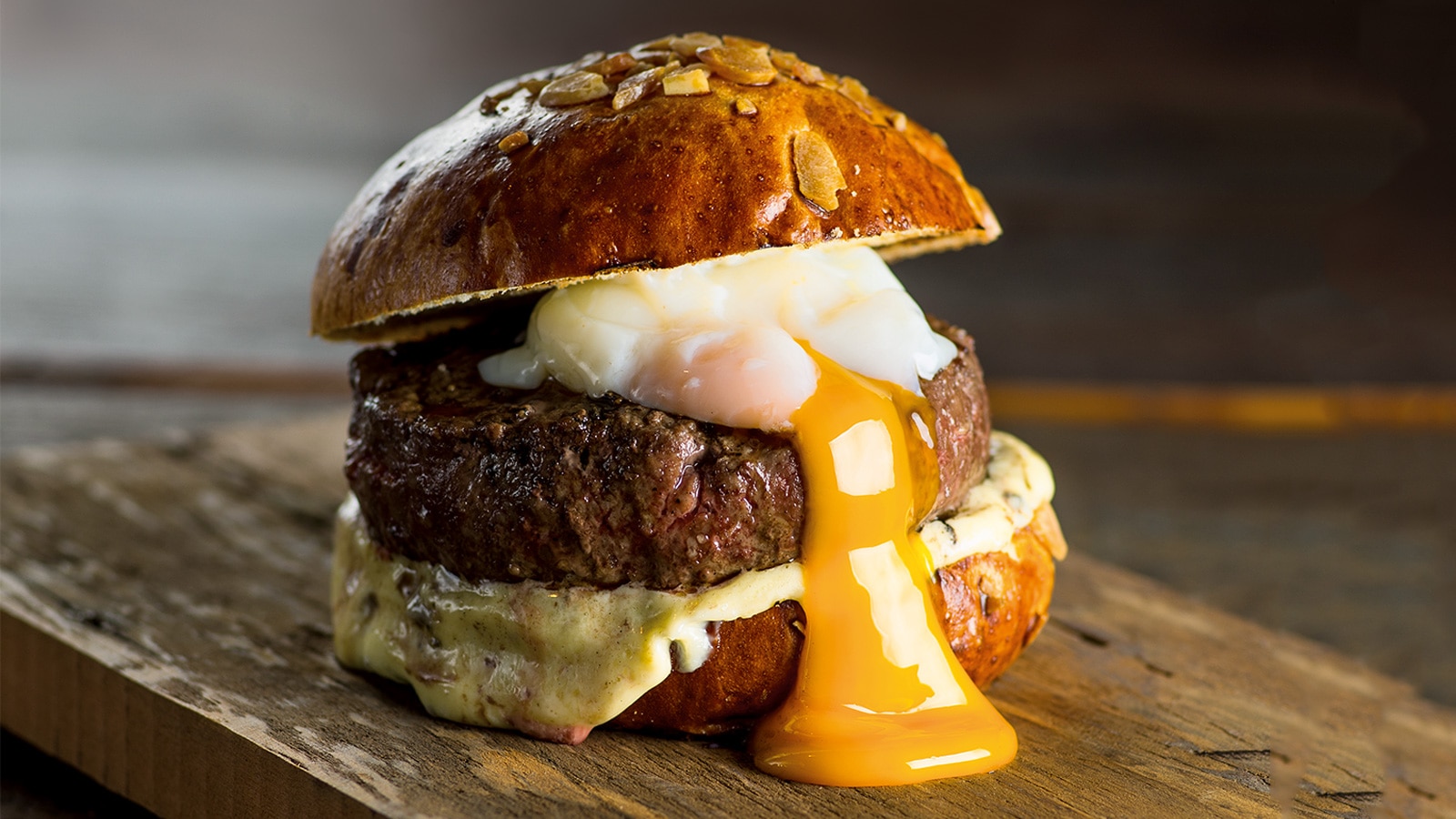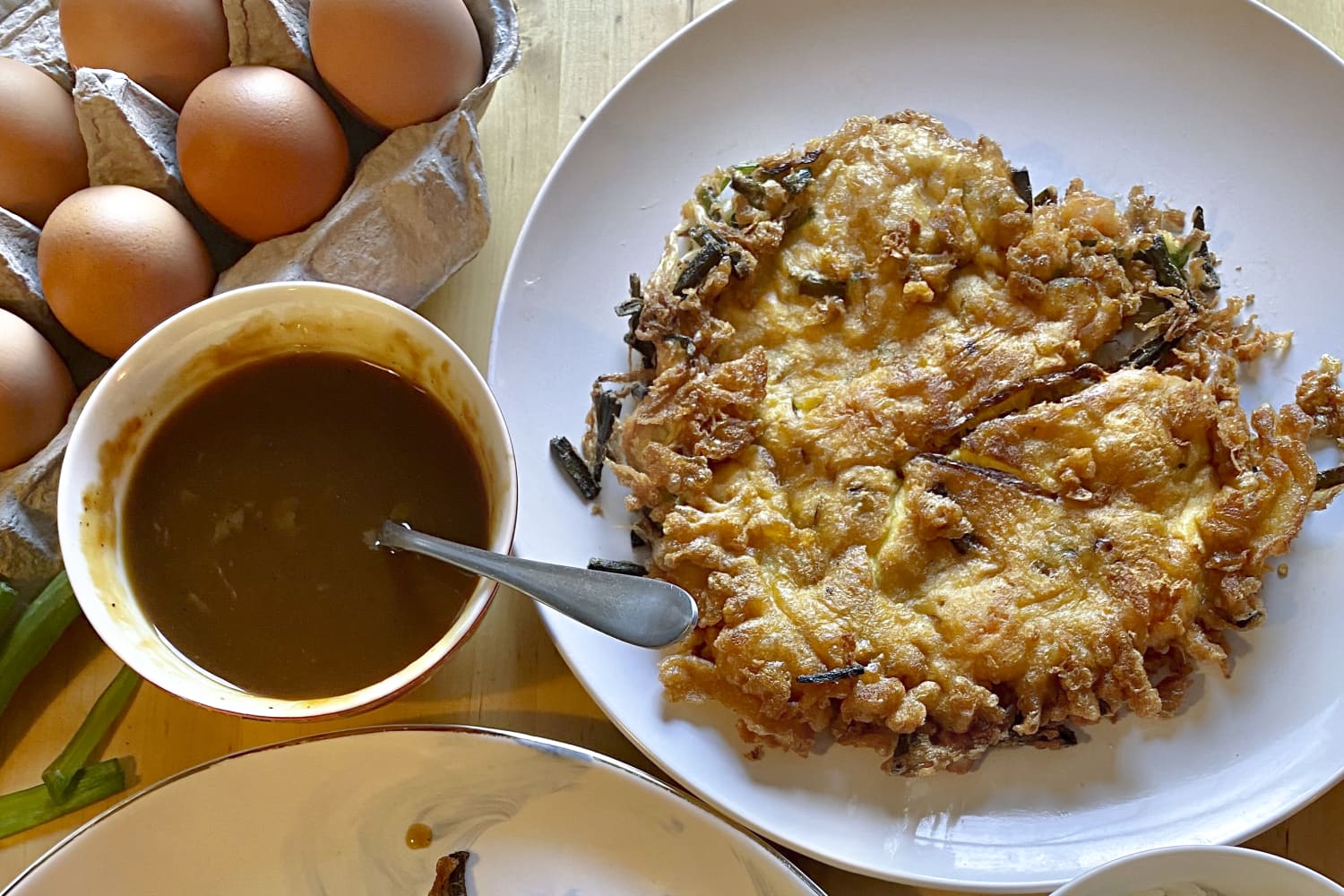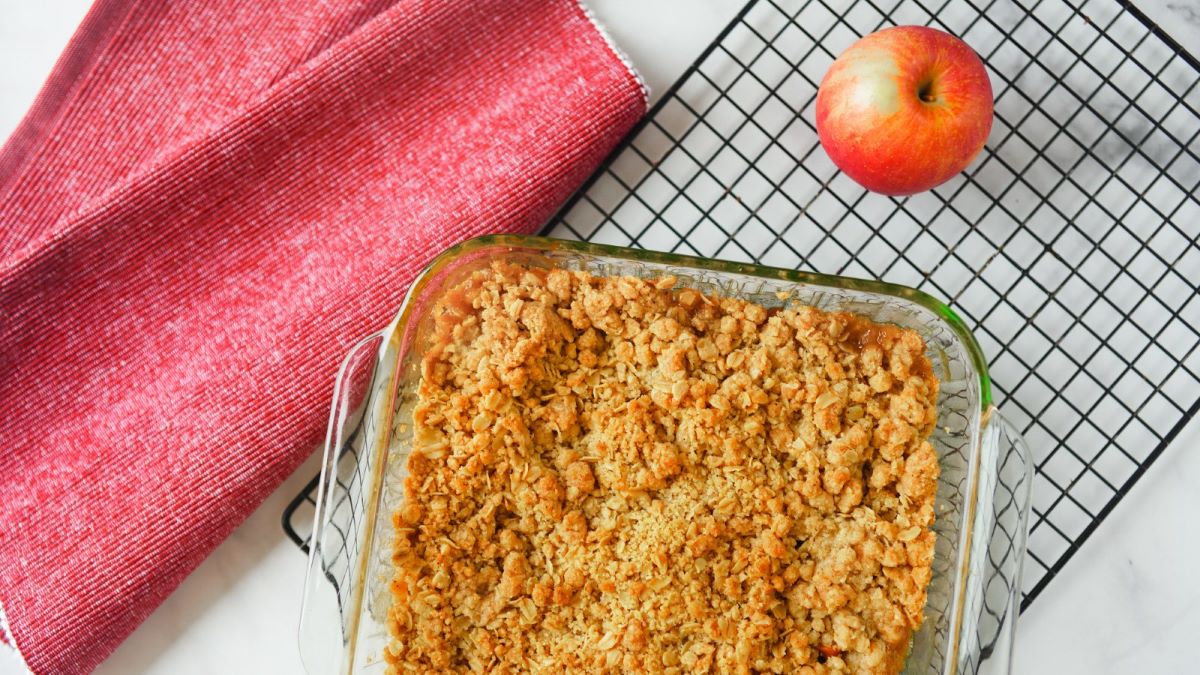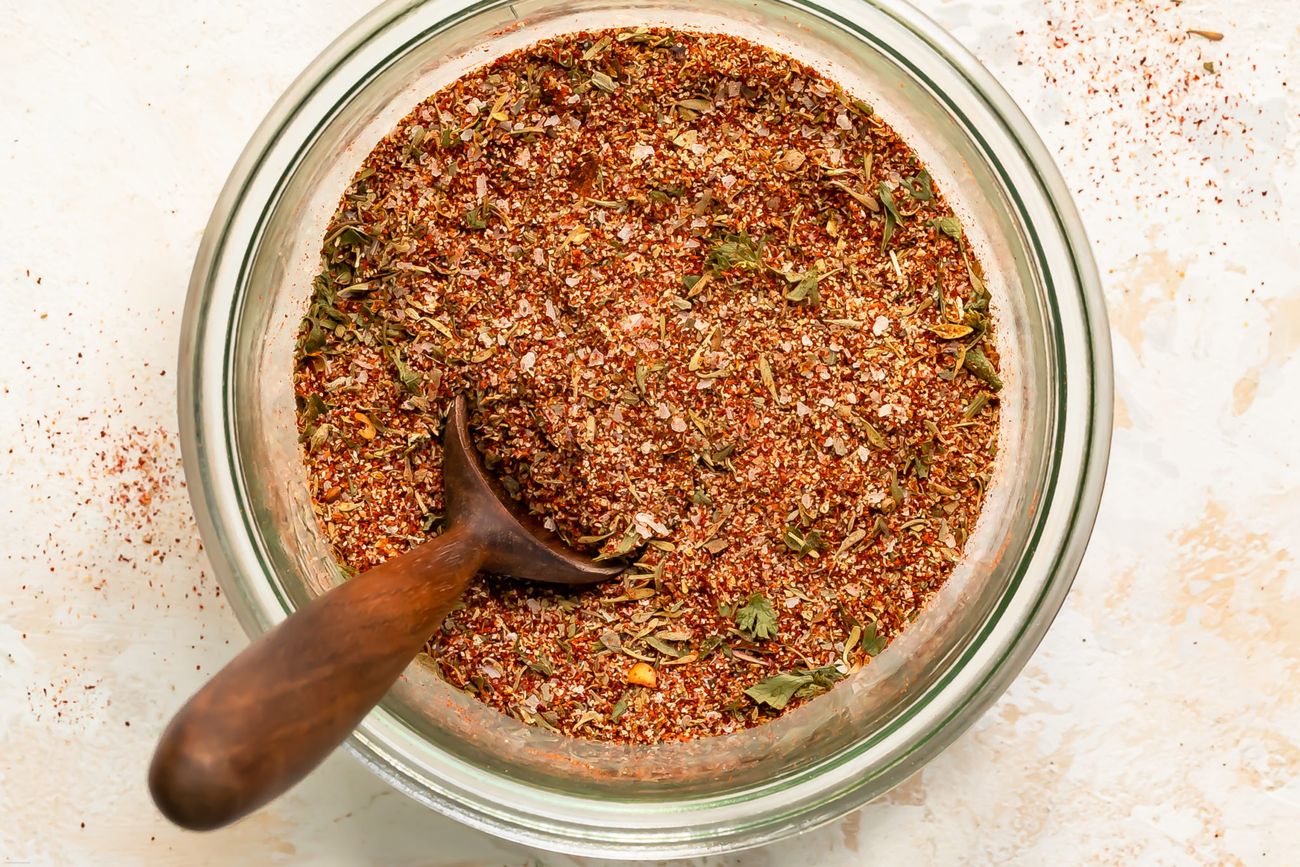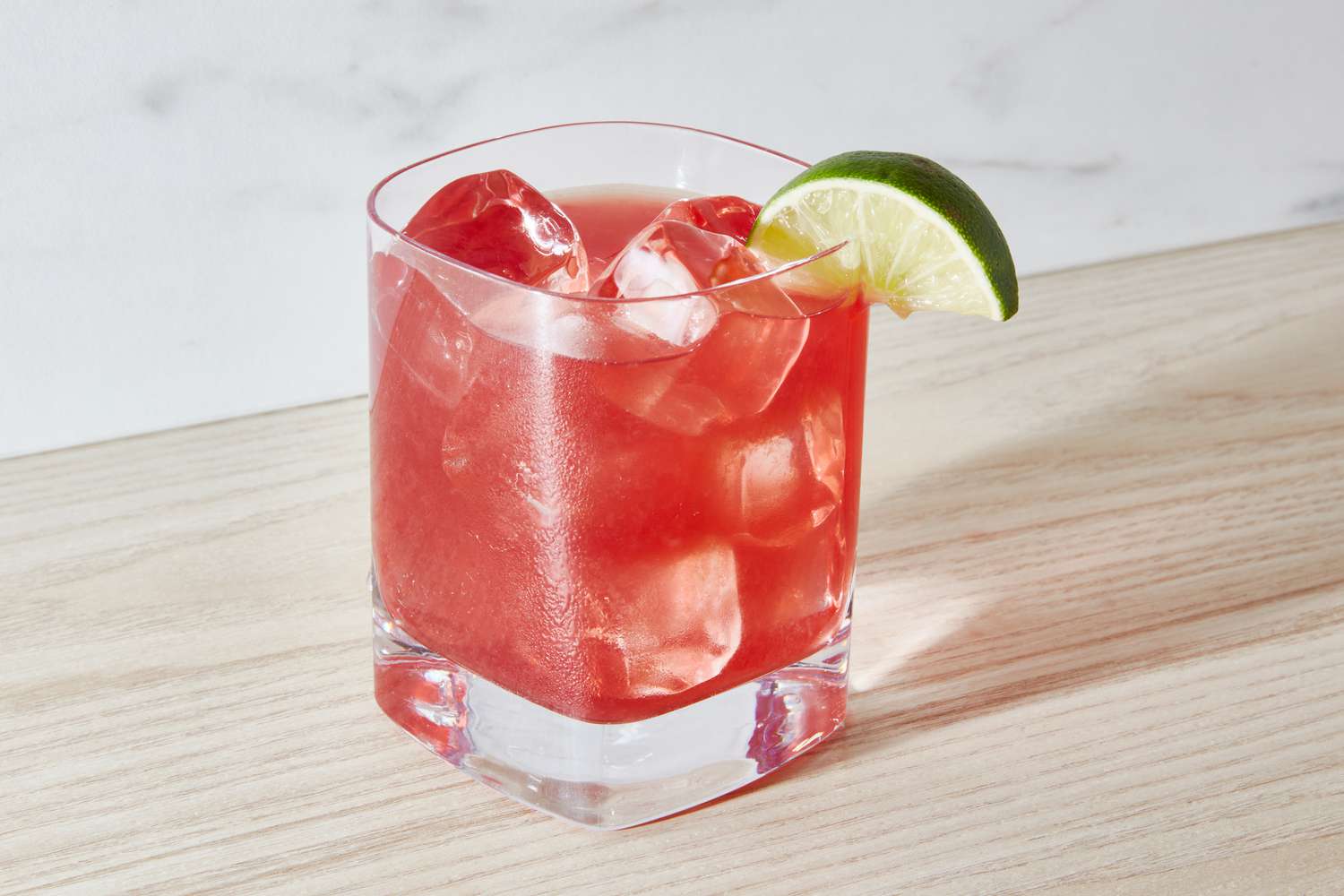Understanding All-Purpose Flour
When it comes to baking and cooking, one of the most commonly used ingredients is all-purpose flour. But what exactly is all-purpose flour and how is it different from other types of flour? Let’s dive into the world of this versatile ingredient and explore its uses and characteristics.
What is All-Purpose Flour?
All-purpose flour is a type of flour that is made from a blend of hard and soft wheat varieties. It is a versatile option for baking and cooking, as it falls somewhere between cake flour and bread flour in terms of protein content. This moderate protein content makes it suitable for a wide range of recipes, from cakes and cookies to breads and pastries.
Characteristics of All-Purpose Flour
Here are some key characteristics of all-purpose flour:
- Protein Content: All-purpose flour typically contains around 8-11% protein, which gives it a moderate gluten content. This makes it suitable for a variety of recipes.
- Versatility: As the name suggests, all-purpose flour is versatile and can be used in a wide range of recipes, making it a staple in many kitchens.
- Texture: All-purpose flour has a fine texture, which helps create a smooth and consistent crumb in baked goods.
Uses of All-Purpose Flour
All-purpose flour can be used in a variety of recipes, including:
- Cakes and cupcakes
- Cookies and biscuits
- Breads and rolls
- Pastries and pie crusts
- Pancakes and waffles
Its versatility and moderate protein content make it a go-to choice for many home bakers and professional chefs alike.
Substituting All-Purpose Flour
If a recipe calls for all-purpose flour and you find yourself without it, there are a few potential substitutes you can use:
- Cake Flour: For every cup of all-purpose flour, you can use 1 cup minus 2 tablespoons of cake flour as a substitute.
- Bread Flour: Similarly, you can use bread flour as a substitute, although the texture of the final product may be slightly different.
- Whole Wheat Flour: For a healthier alternative, you can use whole wheat flour, keeping in mind that it may result in a denser texture.
Storing All-Purpose Flour
It’s important to store all-purpose flour properly to maintain its freshness and quality. Here are some tips for storing flour:
- Airtight Container: Store all-purpose flour in an airtight container to protect it from moisture and pests.
- Cool, Dry Place: Keep the flour in a cool, dry place, away from direct sunlight and heat sources.
- Use-By Date: Check the expiration date on the packaging and try to use the flour before it expires for the best results.
In Conclusion
All-purpose flour is a versatile and essential ingredient in the kitchen. Whether you’re baking a cake, making cookies, or whipping up a batch of pancakes, all-purpose flour is likely to be a key component in your recipe. Understanding its characteristics, uses, and proper storage can help you make the most of this pantry staple.
Next time you reach for a bag of all-purpose flour, you’ll have a better understanding of this fundamental ingredient and how it contributes to the success of your culinary creations.
